Buying fabric in bulk is one of the most crucial stages in apparel manufacturing. Fabric influences the way clothing looks, feels, drapes, and performs over time. It affects production efficiency, costing, brand positioning, and ultimately how customers perceive your product. For many clothing brands, the fabric is the foundation of their product identity. A well-chosen fabric helps your garments stand out; a poorly chosen one leads to product returns, quality complaints, and damage to brand reputation.
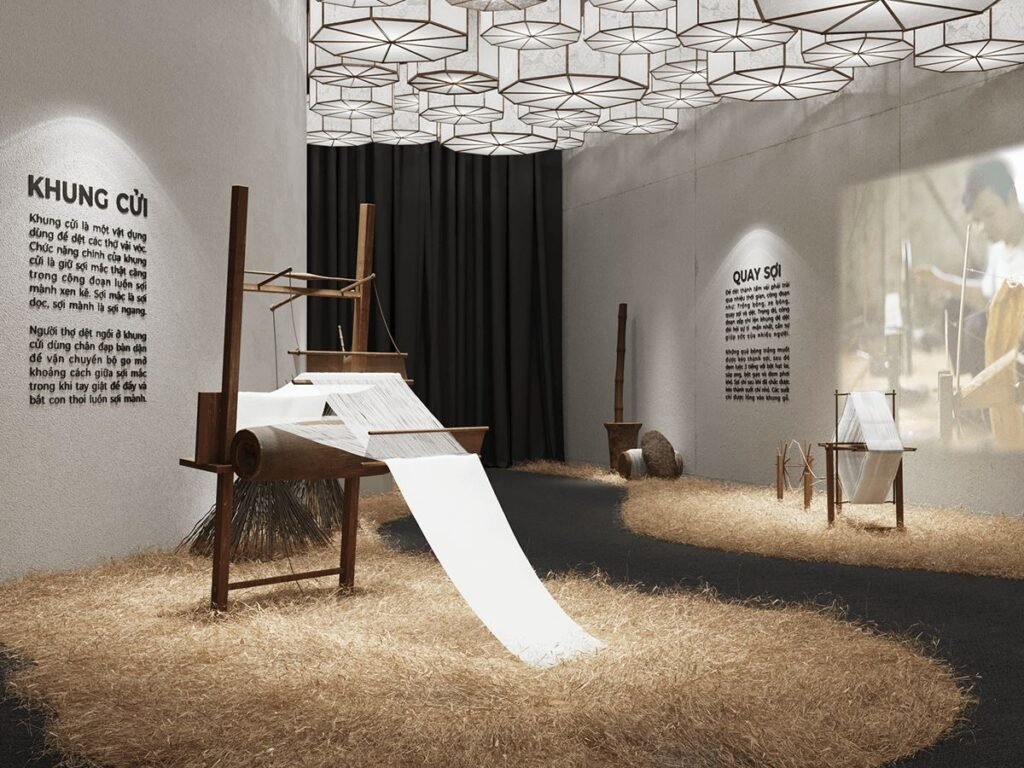
For new or growing clothing brands, sourcing fabric in bulk can feel overwhelming. There are thousands of fabric options, multiple suppliers across different regions, and many specifications that influence quality and price. Without a clear sourcing strategy, brands may waste time, invest in unsuitable fabric, or struggle with inconsistent quality. However, once you understand key fabric parameters, supplier evaluation methods, and production flow, bulk fabric sourcing becomes a structured, predictable, and manageable process.
Start with Clear Product and Fabric Requirements
Before reaching out to suppliers, brands should define what type of garment they want to produce and what characteristics the fabric must have. Each clothing category requires different performance and aesthetic features. A lightweight T-shirt needs breathability and softness, while yoga leggings require stretch and shape retention. Jackets and hoodies may require insulation or thickness, while dresses may require flow and drape.

Your product purpose determines:
- Color and finishing needs
- Fiber composition (cotton, polyester, nylon, viscose, blends, etc.)
- GSM (fabric weight)
- Stretch level and recovery
- Surface texture and drape behavior
Thinking through the garment’s real-world use case helps prevent mismatched material selection. For example, selecting a fabric that looks good in a swatch but is too heavy, too thin, or uncomfortable when worn can lead to problems later in production. Brands that clearly understand their fabric needs communicate more efficiently with suppliers and avoid sourcing delays.
Understanding Fabric Specifications for Bulk Purchasing
To evaluate and select fabrics effectively, it’s important to understand the most frequently used technical specifications in textile sourcing. These parameters provide objective standards and reduce guesswork.
Fiber Composition
This determines how the fabric feels and performs. Natural fibers like cotton and linen are breathable and soft, while synthetic fibers like polyester and nylon offer durability, stretch support, and quick drying. Blended fibers combine advantages—for example, cotton-poly blends balance softness with stability; nylon-spandex blends create high-stretch performance wear.
GSM (Grams per Square Meter)
GSM indicates fabric weight. A higher GSM results in a thicker and warmer fabric, while a lower GSM is lighter and more breathable. Selecting the correct GSM ensures a garment feels suitable for its intended climate and season.
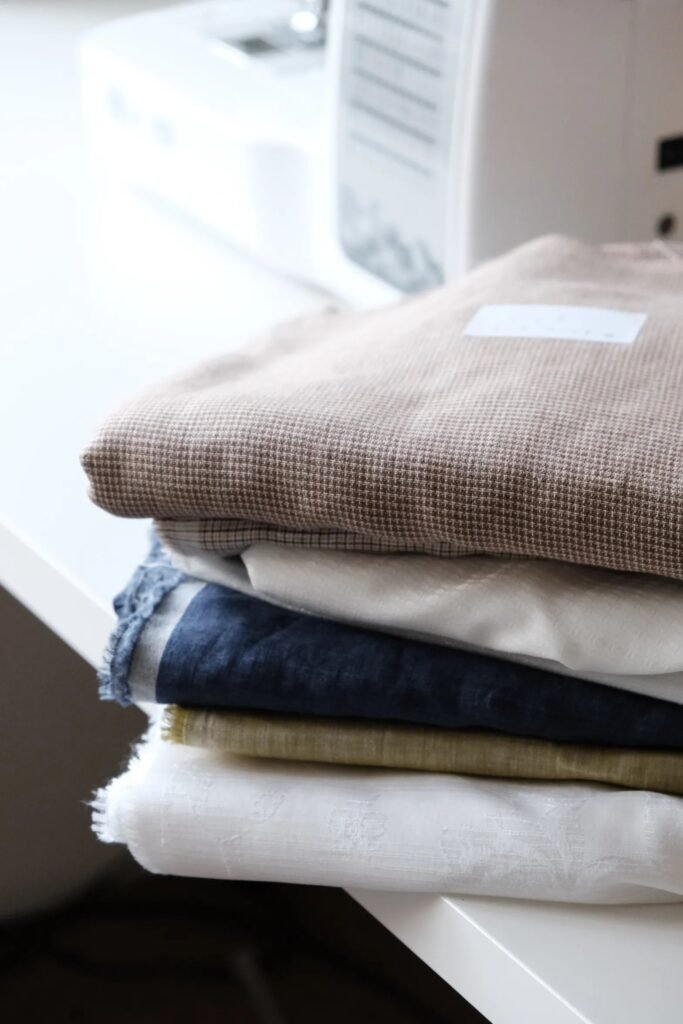
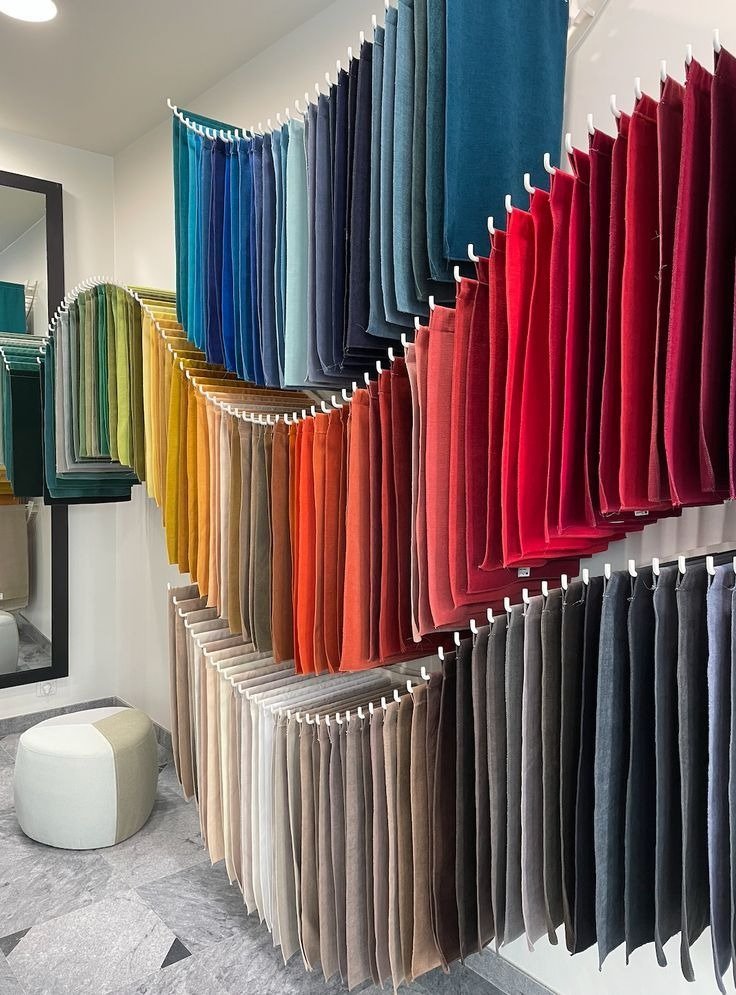
Fabric Construction (Woven vs. Knit)
Woven fabrics provide structure and shape, making them suitable for shirts, jackets, and trousers. Knitted fabrics stretch more naturally, making them ideal for T-shirts, sportswear, and loungewear.
Stretch and Recovery
Fabrics containing spandex or elastane stretch and return to their original shape. Good recovery is essential in leggings, yoga wear, and sports bras to prevent sagging or deformation after wear.
Finishing Treatments
Examples include brushed surfaces, anti-pilling treatments, moisture-wicking finishes, antibacterial treatments, or pre-shrinking. Finishing influences long-term comfort and appearance.
Understanding these specifications allows you to communicate clearly with suppliers and avoid misunderstandings later.
Example Fabric Comparison Table
| Fabric Type | Typical GSM Range | Key Characteristics | Common Applications |
|---|---|---|---|
| Cotton Jersey | 140–200 | Soft, breathable, natural feel | T-shirts, casualwear |
| Polyester-Spandex | 180–260 | Stretch, quick-dry, resilient | Activewear, yoga leggings |
| Nylon Interlock | 200–300 | Smooth, durable, high recovery | Performance wear, sports bras |
| Fleece Fabric | 220–350+ | Warm, cozy, brushed texture | Hoodies, winter apparel |
This kind of comparison helps brands make informed decisions, especially when balancing comfort, durability, price, and performance.
Request Swatches and Prototype Testing
After identifying fabric options, request swatches first. Swatches allow you to compare softness, surface texture, and thickness quickly. However, the only reliable way to evaluate a fabric for your product is to request sample yardage and create prototype garments.
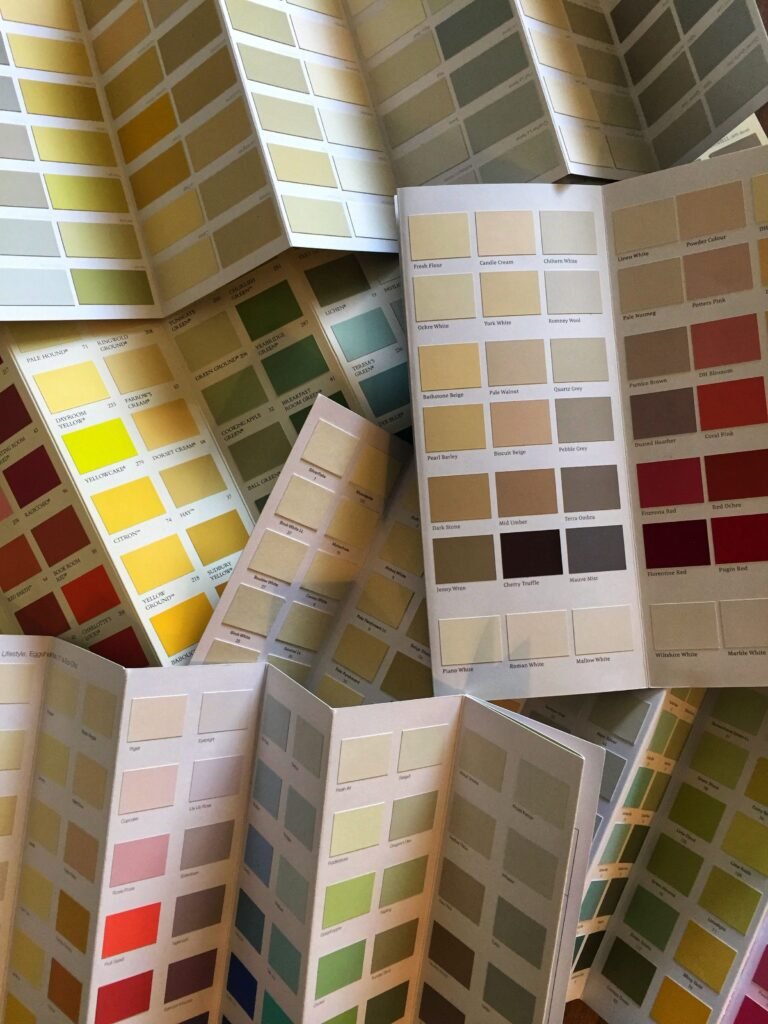
Prototype testing reveals:
- Skin comfort during heat or active movement
- Shrinkage after washing
- Stretch behavior under motion
- Seam stability and sewing compatibility
- Opacity, especially in light or stretch fabrics
Testing ensures that the fabric not only looks good but also performs well in real use. This step prevents quality complaints and helps refine sizing and fit before mass production.
Choosing the Right Supplier and Building a Relationship
The supplier you choose affects consistency, delivery schedule, communication flow, and long-term stability. A reliable supplier is not just a source of materials—they are part of your supply chain. The best suppliers provide assistance, technical guidance, and quality transparency.
A strong supplier will:
- Communicate clearly and professionally
- Explain fabric differences and suitability
- Offer lab test documentation when needed
- Maintain stable production quality across batches
- Provide support in color development or finishing techniques
Good suppliers don’t simply sell fabric—they help you find the right fabric. This support becomes even more valuable as your brand grows.
Understanding MOQ and Inventory Planning
Minimum Order Quantity (MOQ) varies based on dyeing method, fabric type, and production system. Custom dyeing often requires higher MOQs because mills must ensure color consistency across the entire lot. New brands often start with stock colors or small batch catalogs to control cost and risk. As your brand grows, ordering larger dye lots reduces cost per meter and improves long-term price efficiency.
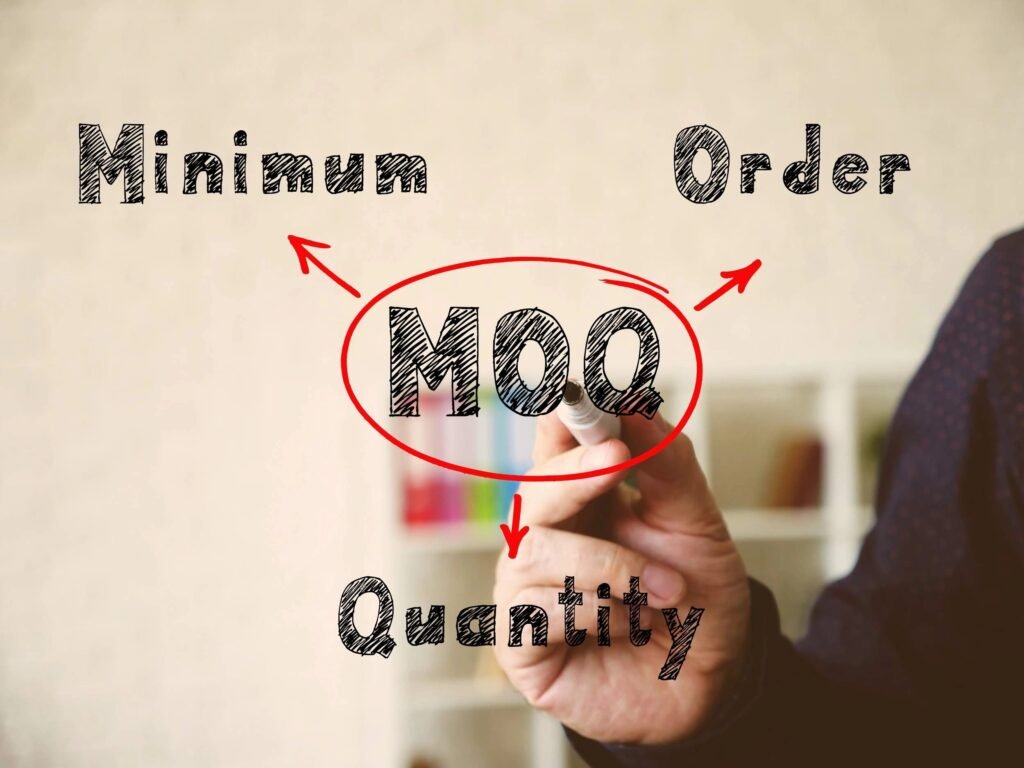
Strategic inventory planning helps avoid overstocking and cash flow pressure. Start with key styles and expand gradually.
Pricing and Cost Strategy
Fabric pricing is influenced by several core variables, including fiber composition, yarn quality, weaving or knitting technique, finishing treatments, dyeing methods, and the scale of production. Higher-quality fibers, such as long-staple cotton or high-tenacity nylon, typically come at a premium because they produce smoother surfaces, greater durability, and better performance. Similarly, performance enhancements like moisture-wicking or anti-pilling finishes increase production cost but deliver stronger product value, especially for brands positioned in activewear, lifestyle, or premium essentials. Understanding these cost drivers helps brands evaluate whether a price is reasonable rather than simply “expensive” or “cheap.”

However, the lowest price does not always offer the best value. Suppliers with lower costs may compromise on fabric consistency, color fastness, shrinkage control, or production reliability. A small variation in quality can significantly affect your final product and brand reputation. Instead of focusing solely on price, brands should assess cost-performance balance, evaluating durability, feel, post-wash changes, and consumer wear experience. When fabric performs well in real use, it strengthens customer satisfaction and reduces return rates. Over the long term, consistent supplier partnerships often result in better pricing incentives than one-time order
Approve Pre-Production Samples to Lock Quality
Before finalizing bulk production, it is essential to approve a pre-production (PP) sample made from the exact same bulk fabric lot intended for mass production. This PP sample serves as the quality reference standard that both the brand and the manufacturer must follow. By reviewing this sample, you verify the correctness of color, hand feel, thickness, stretch behavior, shrinkage level, and overall garment appearance. If anything is adjusted at this stage—such as stitch reinforcement, elastic tension, or pattern proportion—it is much easier to correct before the full production process begins.

Once the PP sample is approved, it should be sealed, dated, and documented to ensure both sides have the same baseline for quality inspection. During bulk production, the PP sample is used to compare finished garments, ensuring consistency from the first piece to the last. This process prevents disputes, minimizes risk, and maintains accountability. When pre-production approval is done carefully, brands avoid costly mistakes, reduce rework time, and maintain high product standards. It is one of the most important steps for ensuring your bulk fabric purchase results in garments that meet your brand’s quality promise.
Conclusion
Buying fabric in bulk is more than a purchasing action—it is an investment in your brand’s quality and reputation. When brands clearly define product needs, understand textile specifications, test fabrics through prototypes, and work with reliable suppliers, they establish a stable sourcing system. The result is consistent product quality, efficient production, and a brand identity rooted in trust and value.
Strong material sourcing creates strong garments. And strong garments create strong brands.

![[JuncoSports]Where to Find Affordable Wholesale Fabric Materials Without Sacrificing Quality](https://materials.juncosports.com/wp-content/uploads/2025/07/image-6.jpg)